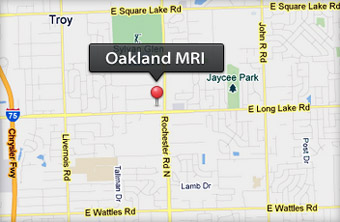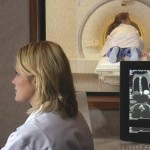 Adding screening mammography to annual screening MR imaging for women at high risk for breast cancer does not increase cancer detection rates, according to a study published in Radiology.
Adding screening mammography to annual screening MR imaging for women at high risk for breast cancer does not increase cancer detection rates, according to a study published in Radiology.
Researchers from Canada performed a retrospective review to evaluate the value of mammography in detecting breast cancer in high-risk women undergoing screening breast MR imaging.
The researchers evaluated 3,934 screening studies (1,977 screening MR imaging examinations and 1,957 screening mammograms) performed in 1,249 high-risk women. The performance measures included recall and cancer detection rates, sensitivity, specificity, and positive predictive values were calculated for both mammography and MR imaging. [Read more…]
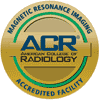
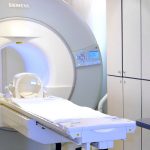

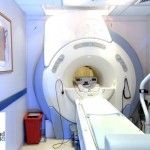
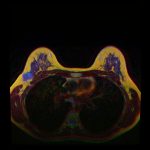
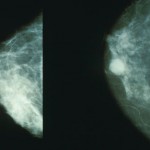
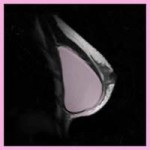
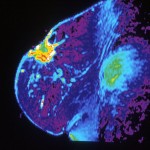
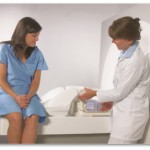 The percentage of women undergoing magnetic resonance imaging (MRI) exams of the breast has increased in recent years, but often, the women who could benefit the most from the procedure aren’t the ones getting it, new research suggests.
The percentage of women undergoing magnetic resonance imaging (MRI) exams of the breast has increased in recent years, but often, the women who could benefit the most from the procedure aren’t the ones getting it, new research suggests.